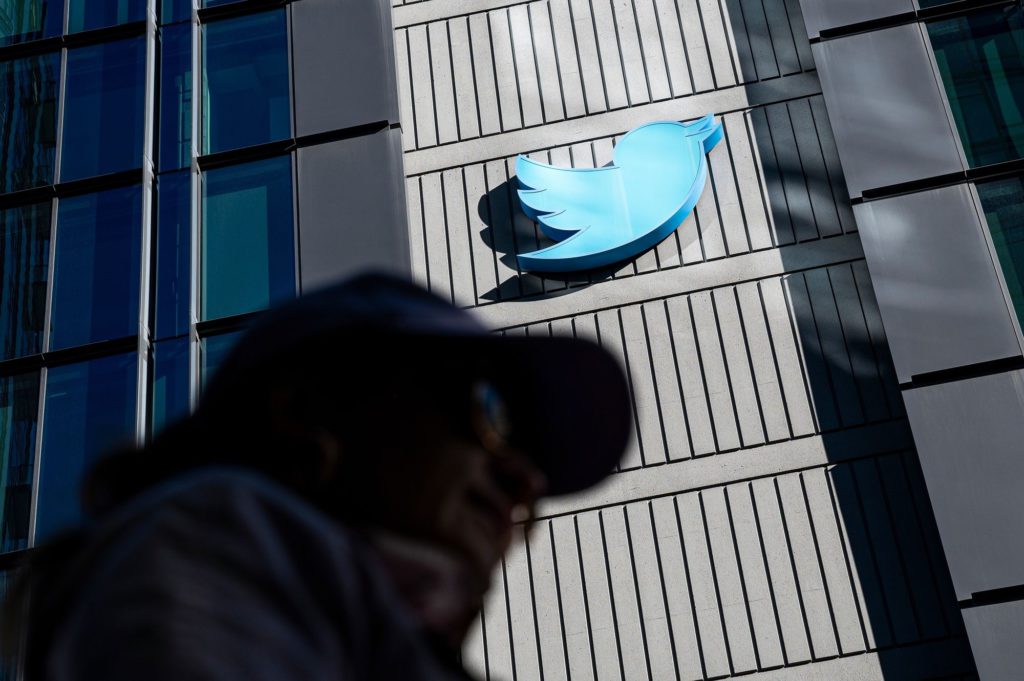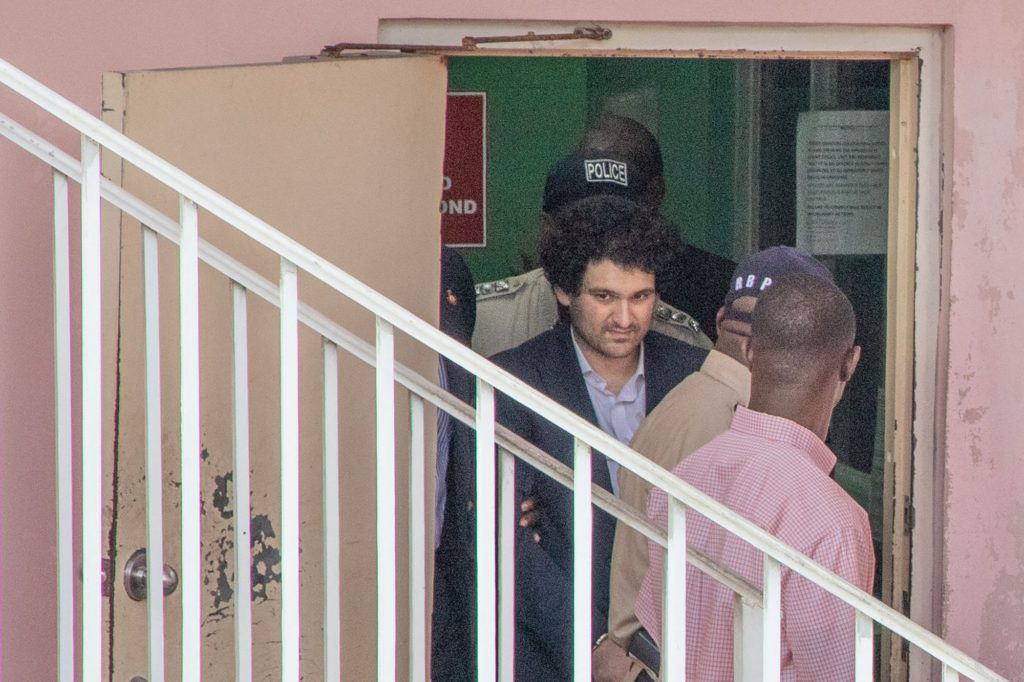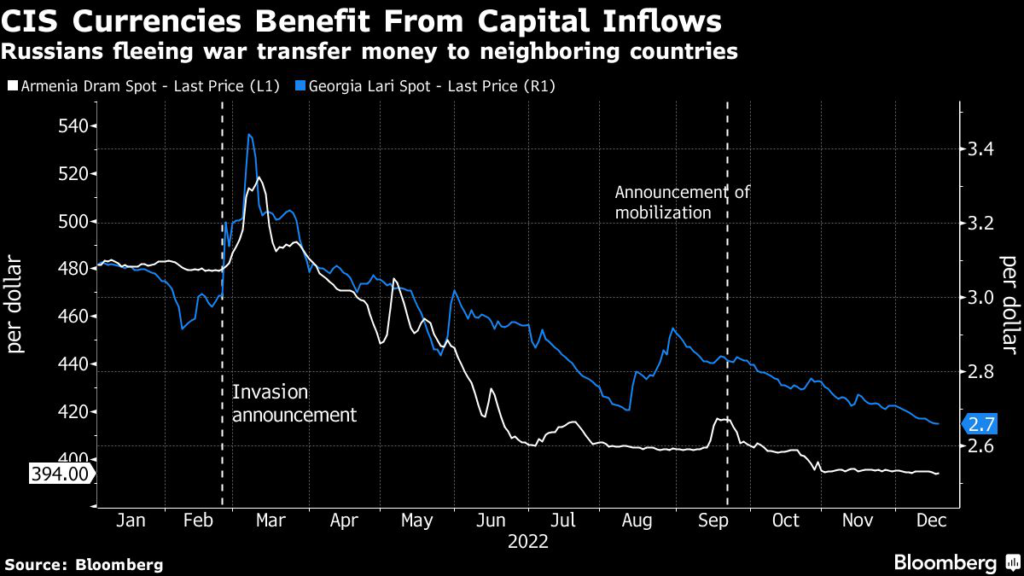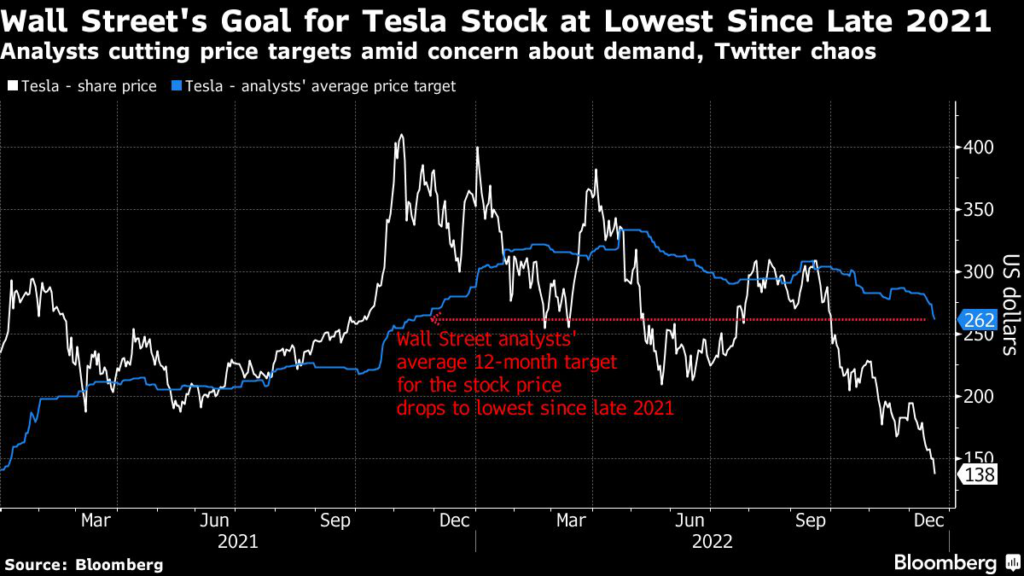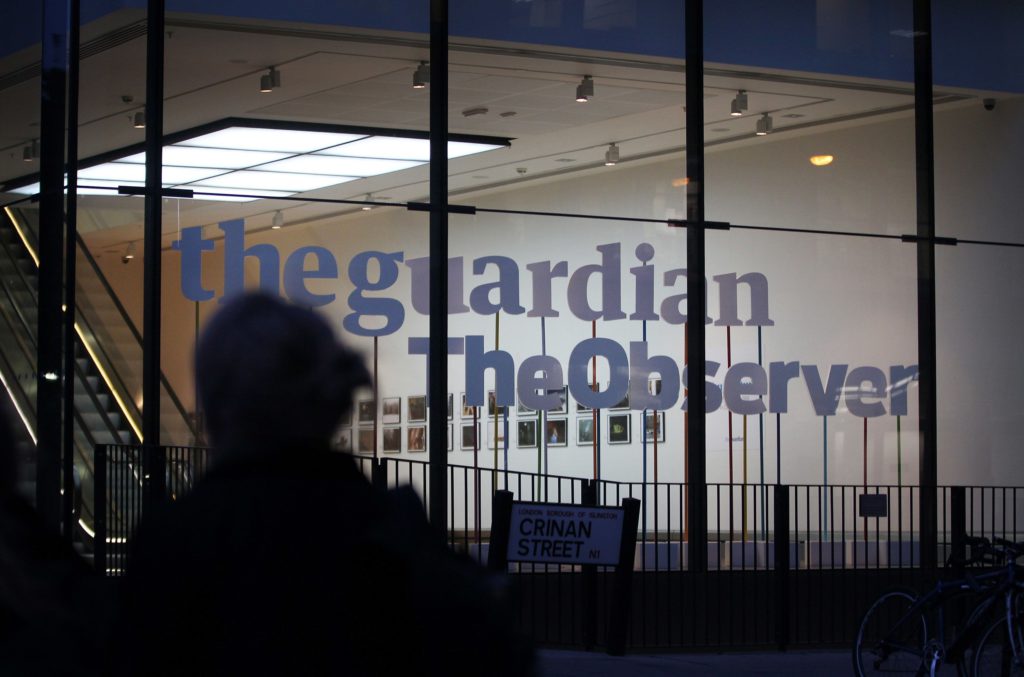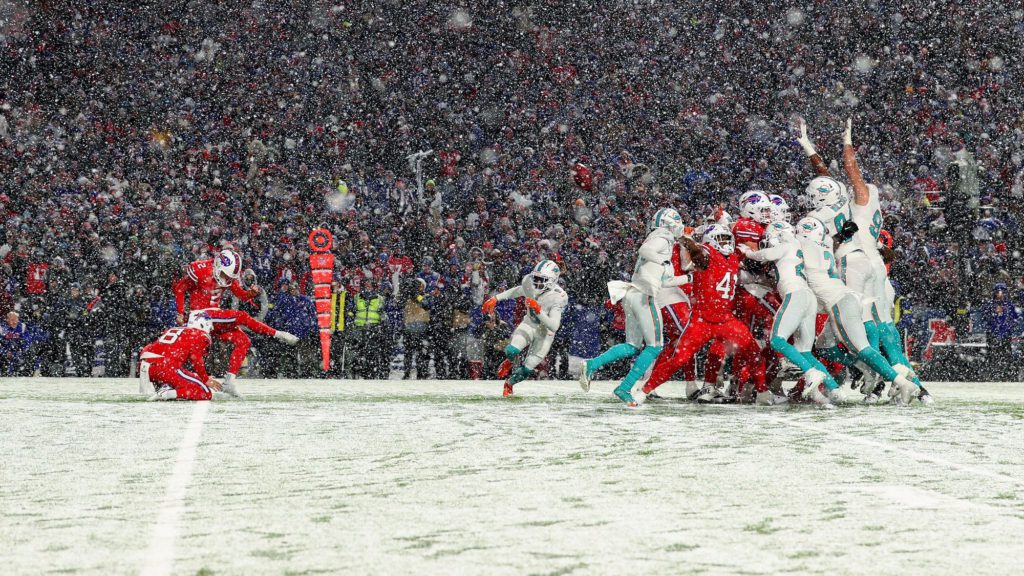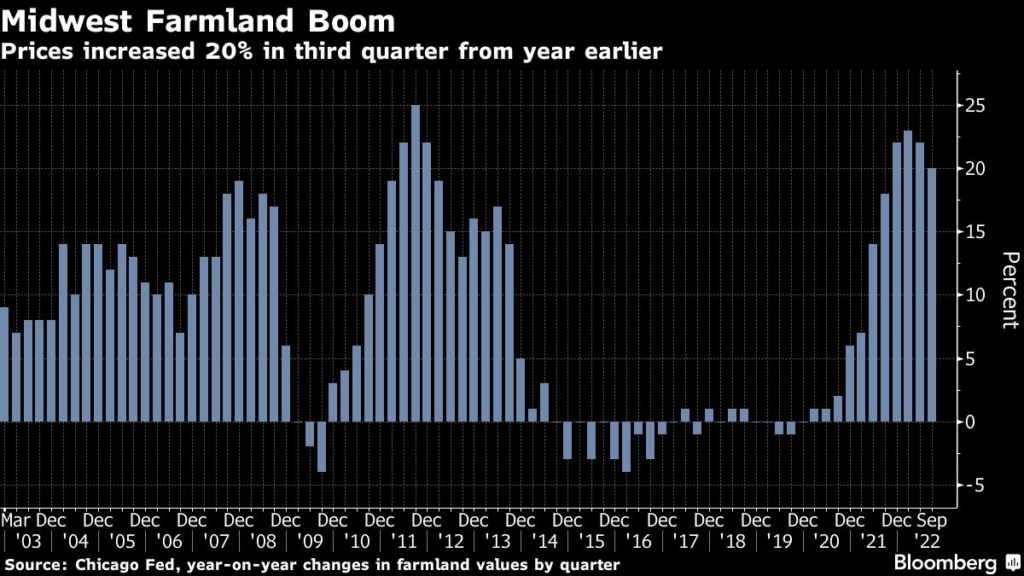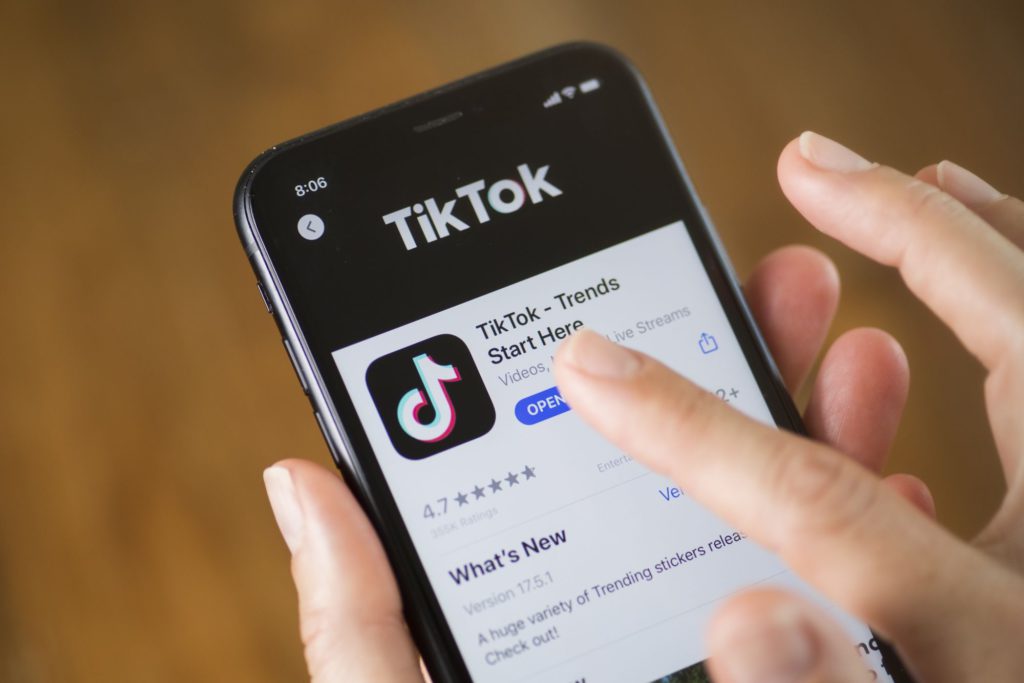Musk Says Cost-Cutting Averted $3 Billion Twitter Shortfall
(Bloomberg) — Elon Musk said Twitter Inc. was on course for $3 billion of negative cash flow before he stepped in to stem losses by dismissing more than half the company’s staff.
“That is why I spent the last five weeks cutting costs like crazy,” Musk said during a Twitter Spaces event late Tuesday. “This company is like, basically, you are in a plane that is headed toward the ground at high speed with the engines on fire and the controls don’t work.”
Musk bought Twitter for $44 billion in October, partly financing the deal with almost $13 billion of debt with interest repayments of around $1.5 billion a year. He has since embarked on a frenzied mission to revamp the social-media platform, which he has said is at risk of going bankrupt and was losing $4 million a day as of early November. The mercurial entrepreneur has overseen the firings or departures of roughly 5,000 of Twitter’s 7,500 employees and instituted a “hardcore” work environment for those remaining.
Over the weekend Musk conducted a straw poll on Twitter asking people if they wanted him to resign as the company’s top executive. About 58% of respondents said yes and Musk has since confirmed he’d step down once an appropriate replacement was found, for a job he’s said anyone would be “foolish” to take.
In the Twitter Spaces event, Musk painted a dire picture of the company’s finances but suggested that he has managed to avert a total meltdown.
Twitter’s costs in 2021 totaled almost $5.6 billion, according to the company’s last public annual report. Musk said the company was on track to spend about $5 billion next year. Taken with the debt payments required as a result of the acquisition, Twitter would be looking at about $6.5 billion in expenses in 2023, prompting Musk’s drastic moves to slash costs.
Now, Musk said Twitter was on track to bring in revenue of about $3 billion in 2023, with around $1 billion in cash on its balance sheet. That’s about $2 billion less in revenue than the $5.1 billion reported at the end of 2021. Analysts had been forecasting about the same for 2022, according to estimates compiled by Bloomberg before to transaction’s close on Oct. 28.
“I now think that Twitter will, in fact, be okay next year,” Musk said, adding that he expects the company to “roughly” hit cash flow break-even. Still, he conceded that “this will be difficult.” Musk added that advertisers, which account for the bulk of revenue, have been asking “sane” but “tough” questions about their return on investment .
Musk has also been making changes to the platform to increase and diversify its revenue, including charging $8 a month for a premium subscription called Twitter Blue. As of mid-November, there were about 140,000 paying subscribers, according to the New York Times.
Twitter has always had a hard time converting conversation among its users into revenue, but with all his antics, Musk has managed to make the company as buzzy as it’s ever been.
Read more about how Musk Is Finally Running Out of Gas at Twitter
While Musk attempts to avert the plane crash he’s described at Twitter, shares of Tesla Inc., where he’s also chief executive officer, have been under sustained pressure. That’s partly on concerns the billionaire is distracted by Twitter and not focused enough on the electric-vehicle maker. Musk has also sold billions of dollars of Tesla stock in the last two months. Investors are parsing Musk’s willingness to support Twitter financially and service its debt burdens.
Read how Elon Musk Fans Feel Abandoned After Tesla’s $749 Billion Rout
Tesla shares pared a gain of as much as 2.5% to trade up almost 1% to $139 at 10:52 am in New York. The stock is down around 61% so far this year.
(Updates with details on finances in sixth paragraph.)
More stories like this are available on bloomberg.com
©2022 Bloomberg L.P.

